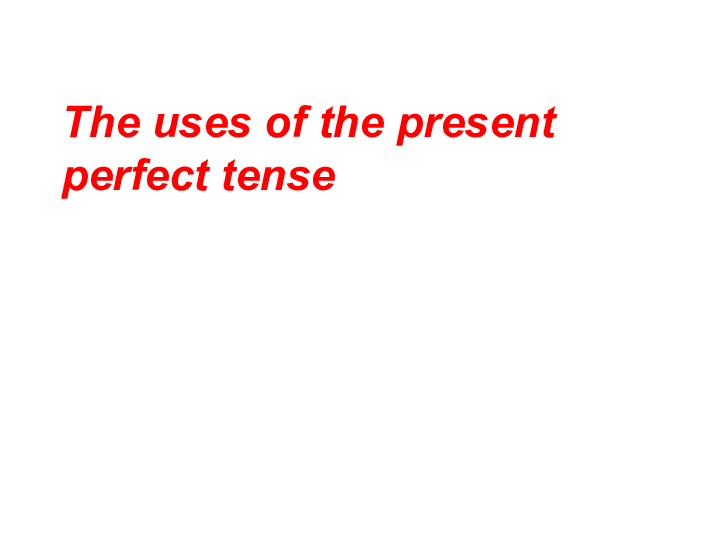Understanding the Process of Underwriting a Loan: A Comprehensive Guide to Underwrite Loan
#### What is Underwrite Loan?Underwrite loan refers to the process by which a lender evaluates the risk of lending money to a borrower. This evaluation invo……
#### What is Underwrite Loan?
Underwrite loan refers to the process by which a lender evaluates the risk of lending money to a borrower. This evaluation involves analyzing various factors, including the borrower’s credit history, income, debt-to-income ratio, and the value of the collateral (if applicable). The goal of underwriting is to determine whether to approve or deny the loan application based on the assessed risk.
#### The Importance of Underwriting in the Loan Process
Underwriting plays a critical role in the loan process as it helps lenders make informed decisions. By thoroughly assessing the borrower’s financial situation, lenders can minimize the risk of default and ensure that they are lending to individuals who are likely to repay the loan. This process is essential not only for the lender’s financial health but also for maintaining the integrity of the lending market.
#### Steps Involved in the Underwrite Loan Process
The underwriting process typically involves several key steps:
1. **Loan Application Submission**: The borrower submits a loan application along with necessary documentation, such as income statements, tax returns, and credit reports.
2. **Initial Review**: The lender conducts an initial review of the application to ensure all required documents are submitted and that the application meets basic eligibility criteria.

3. **Credit Analysis**: The underwriter evaluates the borrower’s credit history and score. A higher credit score generally indicates a lower risk for the lender.
4. **Income Verification**: The underwriter verifies the borrower’s income to ensure they have the financial means to repay the loan. This may involve contacting employers or reviewing pay stubs and tax returns.
5. **Debt-to-Income Ratio Calculation**: The underwriter calculates the borrower’s debt-to-income (DTI) ratio, which compares the borrower’s monthly debt payments to their monthly income. A lower DTI ratio is preferred as it indicates better financial health.
6. **Property Appraisal**: If the loan is secured by collateral, such as a home, an appraisal is conducted to determine the property’s value. This step ensures that the collateral is worth the amount being borrowed.
7. **Final Decision**: After analyzing all the information, the underwriter makes a final decision on the loan application. The application can be approved, denied, or sent back to the borrower for additional information.
#### Types of Underwriting

There are several types of underwriting processes, including:
- **Automated Underwriting**: This method uses computer algorithms to assess loan applications quickly and efficiently. It is commonly used for conventional loans and can expedite the approval process.
- **Manual Underwriting**: In cases where automated systems cannot assess the application adequately, manual underwriting is performed by a human underwriter. This approach allows for a more personalized evaluation of unique borrower situations.
- **Risk-Based Underwriting**: This method involves categorizing borrowers into different risk levels based on their creditworthiness and other financial factors. Lenders may then offer varying interest rates and terms based on the assessed risk.
#### Common Challenges in Underwriting
Underwriting can present several challenges, including:

- **Incomplete Documentation**: Borrowers may fail to provide all necessary documents, leading to delays or denials.
- **Changing Financial Situations**: If a borrower’s financial situation changes during the underwriting process, it can impact their eligibility for the loan.
- **Market Conditions**: Economic fluctuations can affect property values and borrower creditworthiness, complicating the underwriting process.
#### Conclusion
Understanding the underwrite loan process is crucial for both borrowers and lenders. For borrowers, being aware of what to expect during underwriting can help them prepare their applications and increase their chances of approval. For lenders, a thorough underwriting process is essential to mitigate risks and ensure sound lending practices. By recognizing the importance of underwriting and the steps involved, all parties can navigate the loan process more effectively.